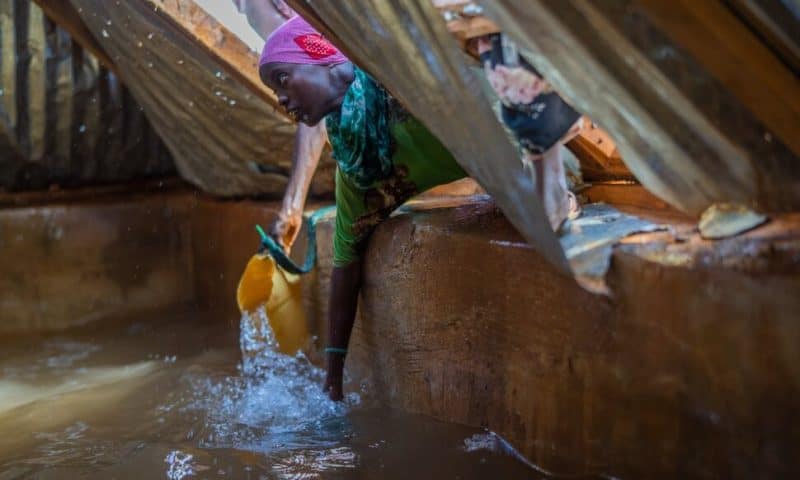Conflict, climate change and economic turmoil are accelerating crisis conditions in these countries, according to the International Rescue Committee.
Somalia, Ethiopia, Afghanistan and 17 other countries will face the greatest risk of new or worsening humanitarian emergencies in 2023, according to a report released Wednesday that sounds the alarm about global crises such as climate change, food insecurity and the forced displacement of people.
The findings from the International Rescue Committee, a refugee resettlement organization, come after the United Nations recently announced that a record 339 million people will be in humanitarian need next year – an increase of 65 million year-over-year. The IRC estimates that the 20 countries on its annual “watchlist” represent about 90% of the people in need of assistance.
“The scale of that crisis calls for preparation as never before by the humanitarian community,” David Miliband, the committee’s president and CEO, said during a Monday news briefing in advance of the report’s release.
Somalia rose to the top of the list for the first time, followed by Ethiopia, as both countries endure crushing drought conditions and conflict. Afghanistan dropped down to the third position on the ranking after being No. 1 last year, but that shuffling is more due to the state of the alarming situations in East Africa, according to the report. Vicki Aken, the IRC’s Afghanistan director, noted during the Monday briefing that conditions in the Central Asian country “are actually worse than they were last year.” Ukraine was also added to the list for the first time since 2017 due to the impact of Russia’s invasion earlier this year.
But among the countries in the top 10 – which the IRC ranks through several steps of qualitative and quantitative analysis to determine where the “greatest risk of a new emergency or major deterioration in the humanitarian situation” is likely to be – five are located in Africa, including the Democratic Republic of the Congo, South Sudan and Burkina Faso. More than half of the other 10 unranked countries listed in the report are on the continent as well.
“In Somalia and Ethiopia, we’ve been talking to communities and it has been very heartbreaking for all of us,” Shashwat Saraf, the committee’s East Africa emergency director, said on Monday. “When every other household that you talk to, talks to you about how they have lost a child, or even multiple children over the last one, one-and-a-half years, because of malnutrition, because they couldn’t access health services, because they didn’t have access to food. And I think that worry that everybody has, the communities have, will continue to extend into 2023.”
Most of the countries in crisis listed in the report are not new, the authors note with concern. Only five countries highlighted this year were not included in the 2014 watchlist, indicating that many of these underlying issues have been lasting. The IRC says the wider problem is around insufficient “guardrails against crisis,” such as social services and safety nets, conflict resolution and accountability.
“The year that is coming to a close has been marked more by the weakening of guardrails than by the strengthening,” Miliband said on Monday.
The committee details in the report several recommendations for rebuilding these guardrails, including encouraging donors to fulfill their “long-delayed” promise of $100 billion in annual climate financing for developing countries and empowering women in peace and security efforts.
“We’re warning of record numbers of people in humanitarian need this year. We said the same thing last year,” George Readings, the IRC’s global crisis analysis lead, said during the briefing.
“It feels really bleak, it feels difficult to think about what can be done about that,” he added. “And that’s where the language of guardrails I think is really helpful because it points us to the things we can do at different levels – however big, however small – that can start to mitigate the impact of the crises on affected communities.”

